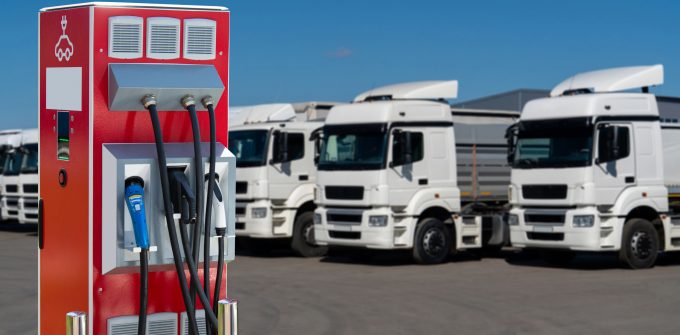OECD calls for reform of 'ineffective' maritime subsidies
Maritime subsidies issued by some of the largest economies to the shipping industry have had ...

Zero-emission vehicles (ZEVs) will be cost-competitive with conventional trucks by 2040, but efficient regulations can bring a switch closer, providing they remain “technology-neutral”, claims a new report.
The International Transport Forum’s report found efforts towards cost parity between ZEVs and trucks using internal combustion was “proceeding ...

Comment on this article